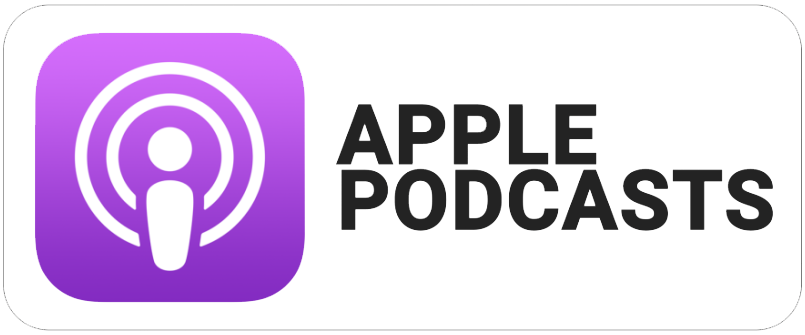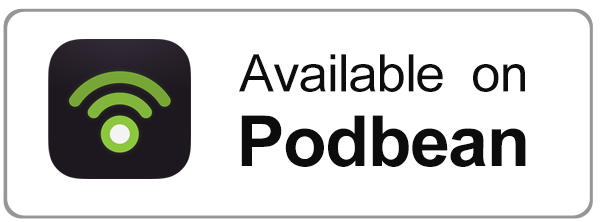Transcript
Hello listeners. We are excited to BLaST the Airwaves with you today and provide educational solutions for all. My name is Rebecca Gibboney and I am the Curriculum and Online Learning Specialist here at BLaST Intermediate Unit 17. I am thrilled to welcome you to this episode of BLaST the Airwaves. Today, we are wrapping up our episodes focusing on engagement by taking a deeper look at intentional scheduling and development of engaging tasks. So, let’s get started!
Engagement is never easy, as evidenced in our previous episodes. In fact, it is the one aspect of teaching that kept me up at night…well, besides worrying about the wellbeing of my students. How could I engage my students more? How could I help them enjoy learning? Not school…learning? I mean double bonus if they enjoyed school too, but I would be content with just learning for starters. What more could I do?
And, that was face-to-face in a classroom. Now, we have to worry about engagement in the virtual space. How do we engage our students through a screen? Through the click of a button? Miles apart. Through the zoom exhaustion?
Let’s start by looking at the schedule. Just a disclaimer, I am aware that some districts have set schedules for teachers and classes. I am. I’m not trying to say what is right and what is wrong. Remember, we are writing history here. What I am doing is making suggestions, through data-collected by Fisher, Frey and Hattie. I’m making you think. Encouraging you to take a look from a different perspective.
It’s true, some districts are replicating the face-to-face school day. Some districts are having meetings and office hours. Others are flipping content and including touchpoints. Each district will find what works for them, their students, and their community. However, I will tell you that we, as educators, are finding that five or six hours of virtual instruction…well, folks, it’s just not working. While, yes, it’s ideal, we must be real. These students have a life outside of the classroom. Their home is home; their home is not the “ideal” classroom for all. Some of these kiddos have a demanding home life, raising their siblings, working jobs, and more. And I know I’m preaching to the choir, but we must be realistic.
Your time with your students, either face-to-face or virtually, is crucial. They are critical times for connection, discussion, and interaction. How do you incorporate these tasks into your synchronous lessons? How do you allow students to connect, discuss, and interact? All of the other assignments, readings, videos, preview material, those can be prioritized for asynchronous instruction. So, ponder that question, what do you do with your synchronous time with your students?
Last week we discussed learning intentions and success criteria, the importance of consistency and predictability. Our families yearn for these two things: consistency and predictability. One way a district, building or teacher can deliver on these qualities is through a schedule. Fisher and Fry admit that they fell short during the pandemic by not taking into account conflicting schedules among classes and buildings. Is there a consistent and predictable schedule for your students? In the show notes, I have provided a table that is included in the Distance Learning Playbook and you can use it for reference.
Once there is a predictable and consistent schedule established by you, your building, and perhaps your district, you can start to narrow in on designing engaging tasks. Again, we do not what busy work, a checklist for our students, we want meaningful work that is relevant for our students. I’m just going to put this out there. Just because students are learning remotely does not mean we need to load them with worksheet after worksheet after worksheet. There are solutions out there. If you need to workshop that concept, feel free to reach out! For starters, though, let’s focus on what Fisher, Frey, and Hattie suggest:
Encourage students to think in more than one way by moving from closed to open tasks. Think about your questioning strategies and techniques. Pose questions to make students think in more ways than one.
Move from information to understanding by allowing students to connect and relate.
Ask students what they think first, rather than telling them what they will need. This one…number three…hits home. How easy it is to just tell them what they need, to give in to the awkward silence. The students whining that they don’t know what to do. Yet, how important it is to allow our students to develop their mind? How important it is to allow our students the time to explore, fail (or succeed), and try again.
Position students to plan a way forward by moving from procedure to problem-solving. Sure, right now as students are learning how to navigate everything new, it all feels procedural. However, eventually, we want to get from teacher-centered to student-centered. That happens when you let go. You let go. It happens when students are given permission to drive their own learning and problem-solve for themselves.Dive into some choice boards. Scaffold learning for your students by providing an open task, an understanding task, an asking task, and then a problem-solving task. Allow for authentic, real-world application. You just might be surprised by what you find.
Reflect on levels of engagement. How engaged you are in your own work? How engaged you find your students? Because the end goal of all this is simple. We want our students to participate. We want them to attend and show up for themselves. We want our students to engage with their own learning, so they become lifelong learners. It’s simple. Yet, the process isn’t. It takes time. It takes a few resets (okay, maybe more). It takes persistence. Trust the process, because the end goal is worth fighting for.
We would like to thank you for blasting the airwaves with us today. If you like the show, please subscribe or leave a review. If you want to know more. Check out www.iu17.org for further resources and show notes. As always, we want to thank you for what you do every single day. Remember, keep shining. We’ll be back next episodes to provide you another educational solution for all as we continue to transform lives and communities through educational services.
Additional/Suggested resources mentioned in the episode:
The Distance Learning Playbook by Douglas Fisher, Nancy Frey, and John Hattie
BLaST Intermediate Unit 17 – www.iu17.org
Professional Learning Opportunities at BLaST IU 17 – https://www.iu17.org/professional-learning/



